The alarm went off at 5:45 am and Tom just asked whether I want to take the bus. Me and my bad stomach readily agreed to that even though we would miss the scenic train ride to Potosi (something Tom couldn’t forget about so we were actually taking the train back three days later).Three more hours of sleep and three hours in a creepy bus later we arrived in the highest city in the world at 4090 m and felt surprisingly good even though it was quite cold up here (our room had a TV! but no radiator so we slept in long underwear and with three blankets.).
We crawled for about 2 exhausting hours visiting the miners that work there in average 12h, chewing coca leaves to not feel the hunger while drilling holes for explosives, carrying 20kg of stones in the back up the ladders between different levels our pushing wagons weighing tons out of the mountain. Most of them die in their fourties of lung diseases. We also paid a visit to the miners devil the Tio, which owns the erze. The miners regularly bring sacrificial offerings to ask for better ore quality and protection.
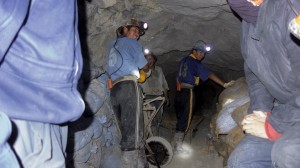
The guys in the back unloading the 20 kg heavy bags of scraps are supposed to be only 16 years old (still look younger). The guide told us kids start working in the mines when they are about 8 years old. Even though its forbidden, they need the money.
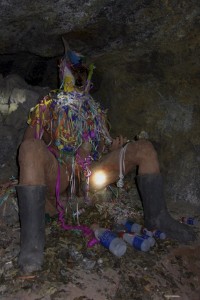
„El Tio“. God rules on earth, but below earth it’s the devil you need to keep an eye on. Anyway most miners more see El Tio as god below earth, who you have to respect. That’s why he is wearing rubber boots as the miners. Oh and of course the little insulting feature is an appeal for fertility for the miners.
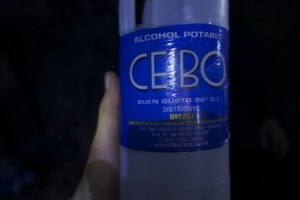
Miners offer coca leaves, cigaretts and alcohol to El Tio. And here something for the food chemists. They offer and drink 96% alcohol with good taste („buen gusto“). One liter of this cost 10 BOV, one liter of beer 20 BOV!
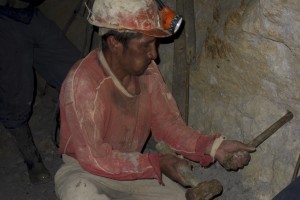
The guy here is drilling a hole for the explosives by hand (he can’t afford a drilling machine). The lump in his cheek is not from any disease but a bunch of coca leaves.
If somebody wants to know more, watch the movie „the devil’s miners“ about the 14 year old Basilo working in the mines. The movie is 10 years old and we were wondering what became of the boy. However we got three very different versions. Bertha from our homestay said he is indeed a teacher having three kids, Wikipedia says he is studying and partly still works in the mines and our Tour guide said he never worked in the mines and nowadays is a alcoholic working as a driver in Potosi? Officially children labor is not allowed, but nobody obeys the rules and kids as young as 8 years work down there. I also asked our guide whether conditions change with the new president but he said it only got worse and most miners would like to put a bar of dynamite into the presidents arse.
The next day we tried to climb the Cerro Rico, which was a quite different experience to hike between rubbish, rubble from the mines, mine entrances, trucks and miners, but the view over Potosi was exceptional.
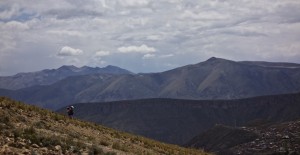
The paths that we used were not any kind of leftovers but are used everyday by the people how can’t afford to live in the city and therefore live in little huts on the mountain.
And than the day came to take the „train“ back to Sucre. A bus on tracks! You can’t call Bolivians not to be creative.
The ride (with thrilling 40km/h) was really entertaining. First we had to wait until the market cleared from the tracks in Potosi, than several obstacles like wheelbarrows and pigs, people getting of at nowhere, people asking the driver to take a bag of potatoes to relatives slowed down our journey and than again and again we were struck by the beauty of the green mountains of the altiplano sprinkled with tiny Bolivian farms. This trip really gives you a look on the life in the Bolivian countryside. Oh but I forgot to mention you shouldn’t be afraid of heights because the train is constantly driving along steep cliffs without any obvious security vorkehrungen.

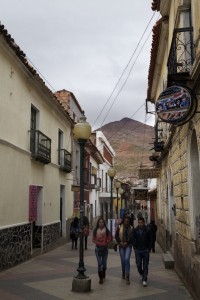
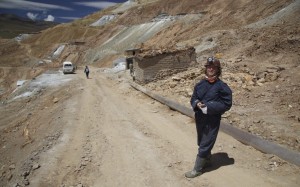
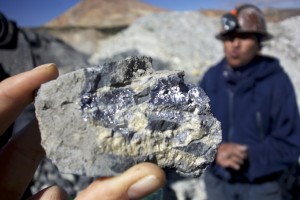
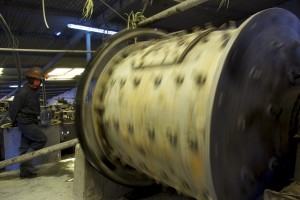
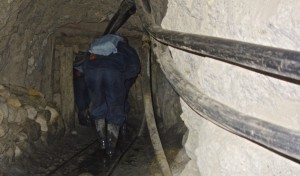
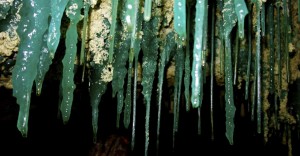
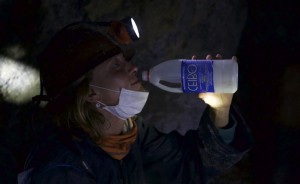
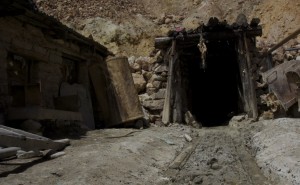
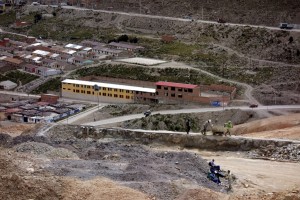
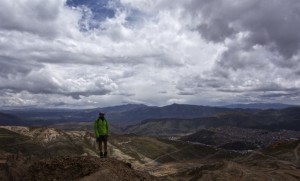
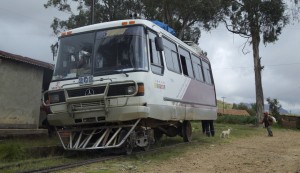
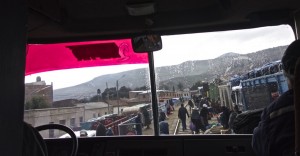
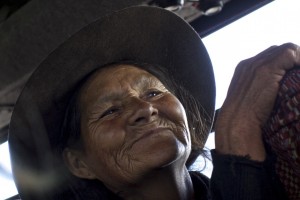
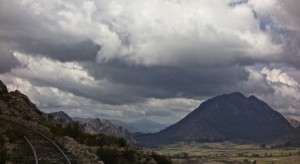
I enjoyed Potosi when I was there – did you guys also buy some TNT which you could let explode in the mountains? Back then one could just buy it for a few dollars in a kiosk, next to biscuits 🙂
You can still buy TNT but Steffi didn’t allowed me to buy some :(.